|
On the 14th Day of Seed Catalogs I bring you farm and garden tool suppliers. Buy quality tools that last a lifetime. These are great sources for any garden job.
Seed Company Spotlight A. M. Leonard Location: 241 Fox Drive, Piqua OH 45356 Inquiries: [email protected] Phone: 1-800-543-8955 Website: www.amleo.com Catalog Request: https://www.amleo.com/request-a-catalog Seed Company Spotlight Kinsman Garden Company Location: 6805 Easton Road (Route 611), Pipersville, PA 18947 Inquiries: [email protected] Phone: 1-800-733-4146 Website: www.kinsmangarden.com Catalog Request: https://www.kinsmangarden.com/product/Mail-Order-Catalog-First-Class or https://www.kinsmangarden.com/catalog_request Seed Company Spotlight Lee Valley Tools Location: US Headquarters PO Box 20700, Reno, NV 89515 Inquiries: [email protected] Phone: 1-800-871-8158 Website: US www.leevalley.com/en-us Canada www.leevalley.com Catalog Request: US www.leevalley.com/en-us/catalogs Store Finder: https://www.leevalley.com/en-us/storelocations Seed Company Spotlight Neversink Farm Tools Farm Location: 635 Claryville Road, Claryville, NY 12725 Inquiries: https://www.neversinktools.com/pages/contact-us Phone: not available Website: https://www.neversinktools.com Edible Garden Companion Digging Deeper Right on time. Learn what and when to plant and keep your edible garden growing year-round. Sign up for my Edible Garden Companion Digging Deeper and get a year of my monthly garden guides. You can sample this course ala carte by purchasing single months. https://www.gardenwithlisa.com/store/c11/ediblegardencompanion
1 Comment
On the 8th Day of Seed Catalogs, we hop across the border into British Columbia, Canada. Since the Maritime Northwest region includes our neighbors to the north, it seemed fitting to include a couple wonderful Canadian seed companies. My friends and family who are in Canada will appreciate these two companies and you can seek them out if you travel up that way. You might be inspired to make some travel plans when you learn about West Coast Seeds and Salt Spring Seeds. Read on!
On the 6th Day of Seed Catalogs I bring you three Maritime Northwest nurseries specializing in unique fruits, berries and nuts. I absolutely love all three equally and I couldn’t throw any of them into a lonely honorable mention category. If you are a Maritime Northwest gardener who is looking for well-adapted, unusual fruit trees, shrubs, canes, ground covers and vines these are the three best places to look. If you live outside my region, these are still great sources for edible plants. You will find more than you could ever hope for, enjoy! Pro Tip: If you are planning to purchase fruit trees or vines and become overwhelmed by the sheer number of varieties, try this. Look at your category (fresh eating apples) in all three catalogs – One Green World, Burnt Ridge Nursery and Orchard and Raintree Nursery – and see if there are varieties that they all share. These must be good, popular choices and are worth considering.
|
AuthorWrite something about yourself. No need to be fancy, just an overview. Archives
December 2023
Categories |
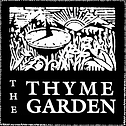
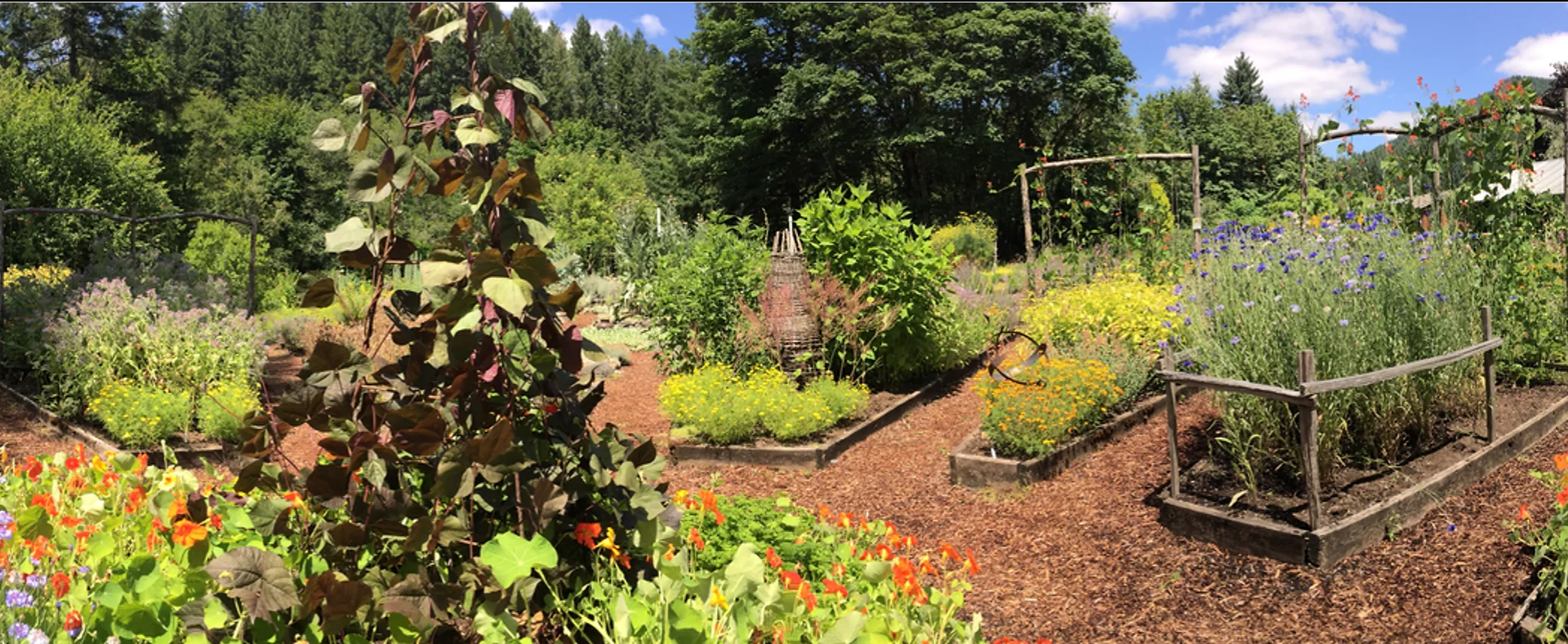
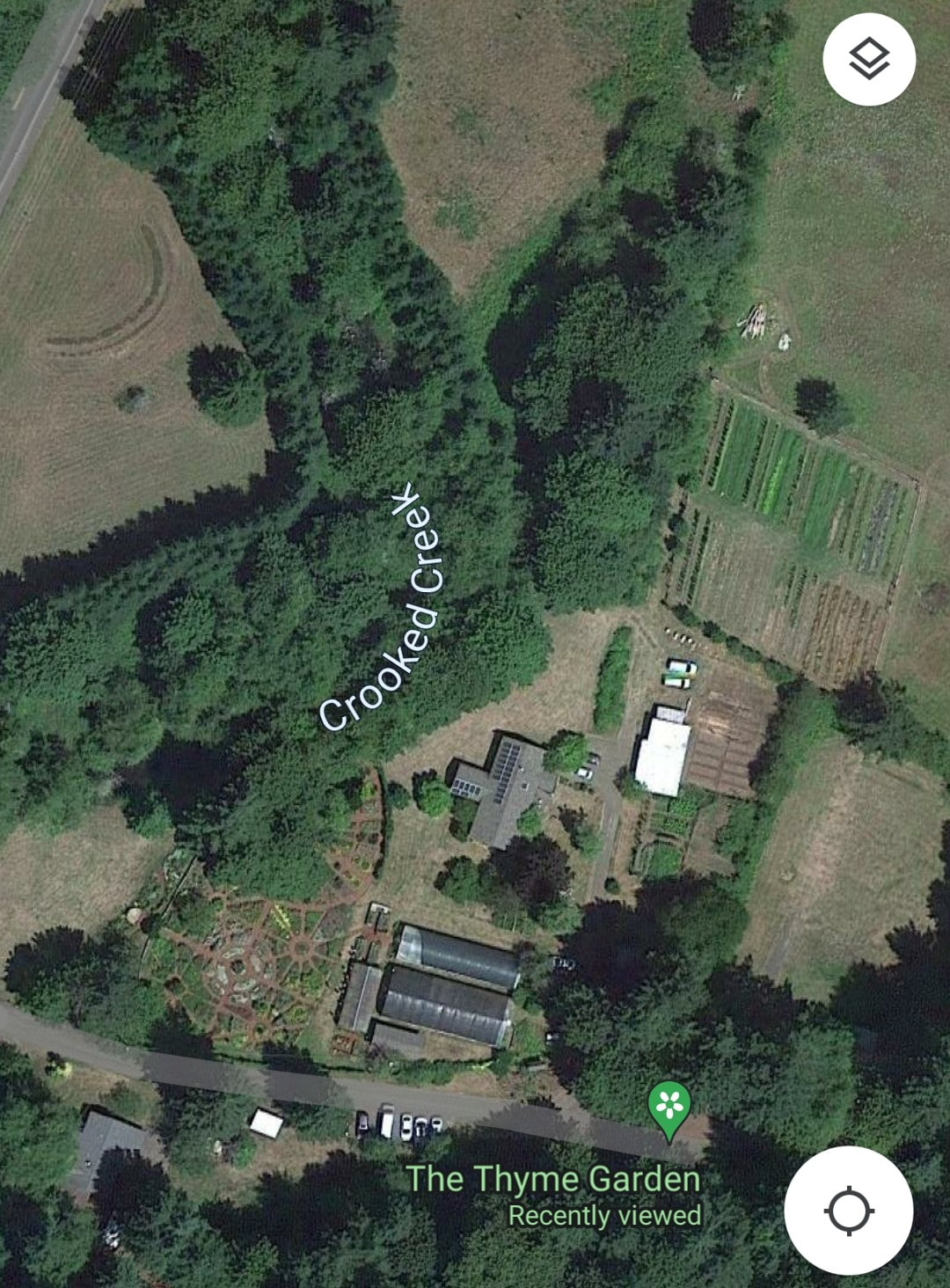
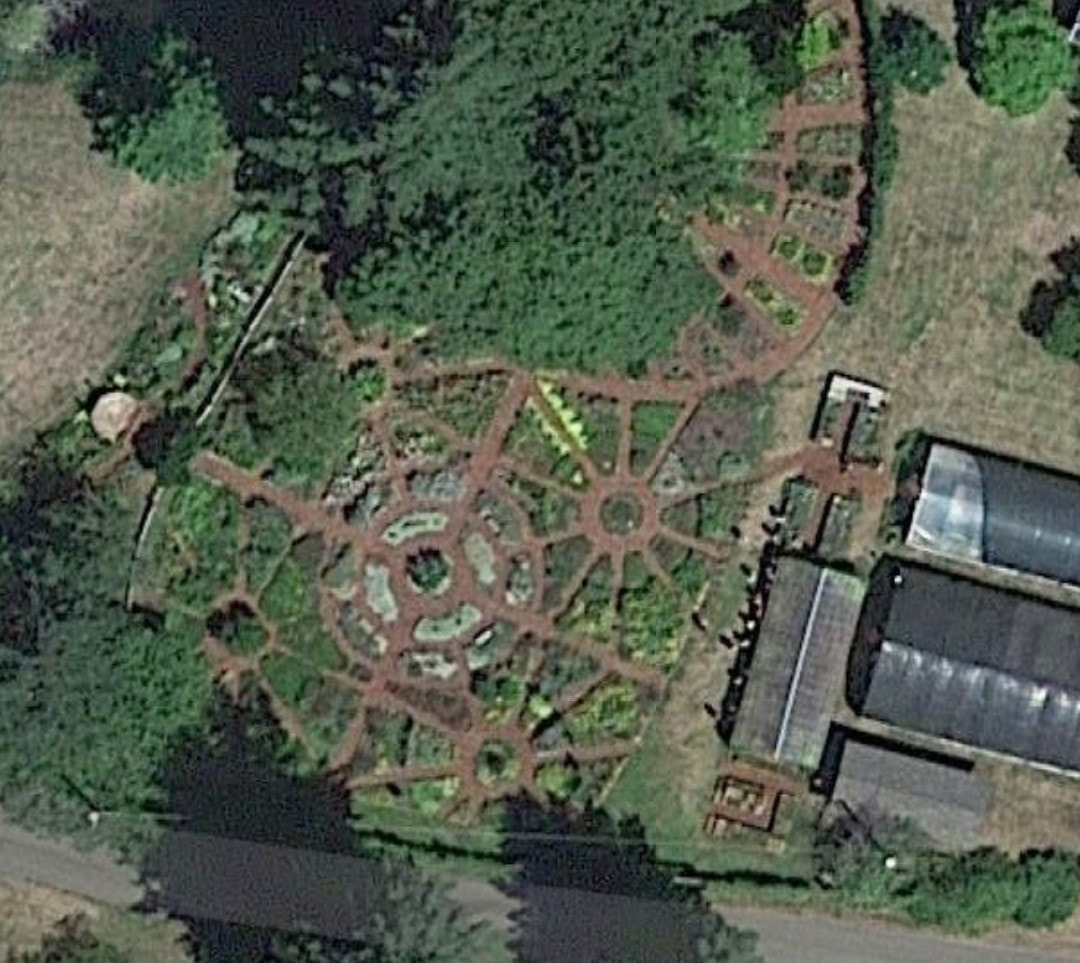
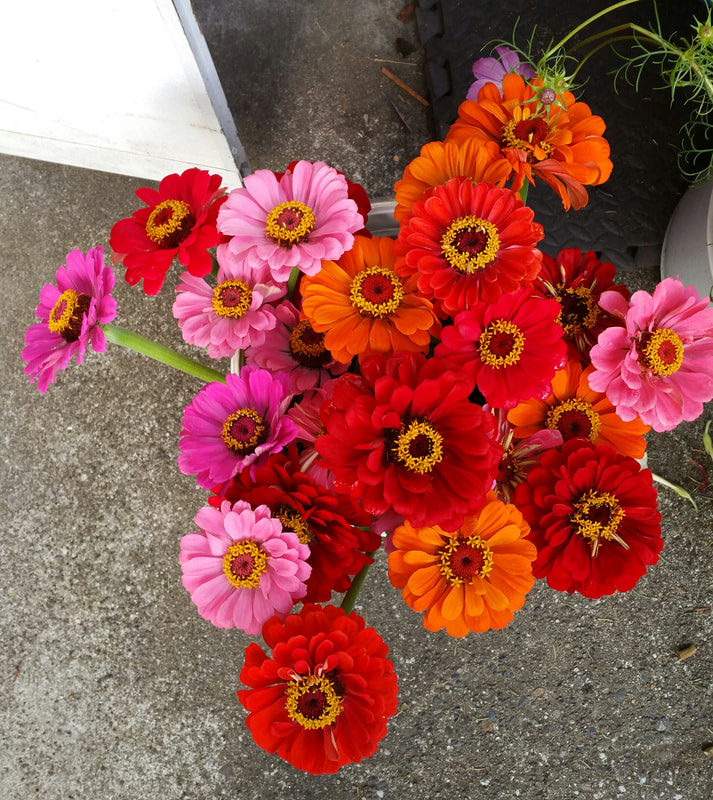
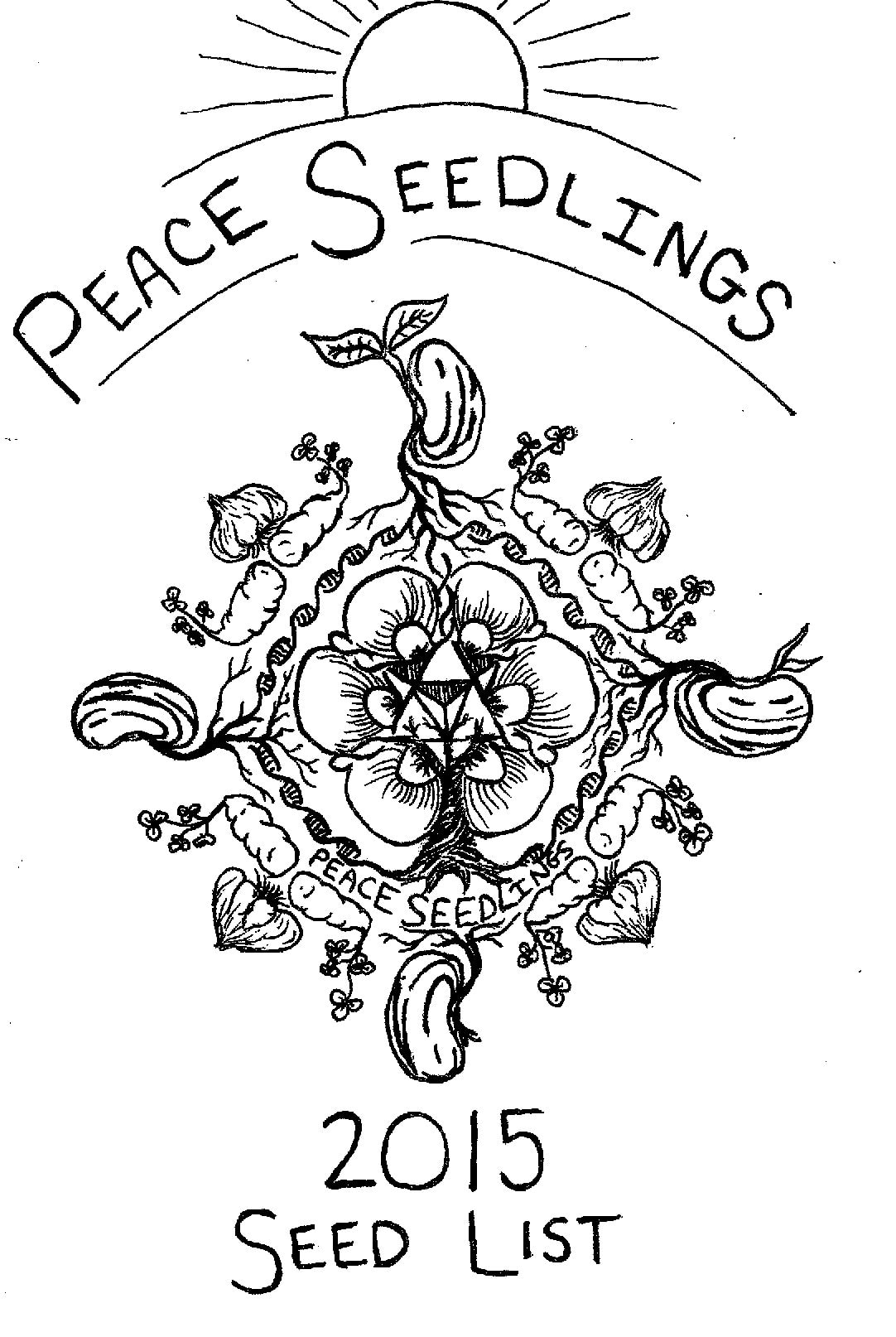
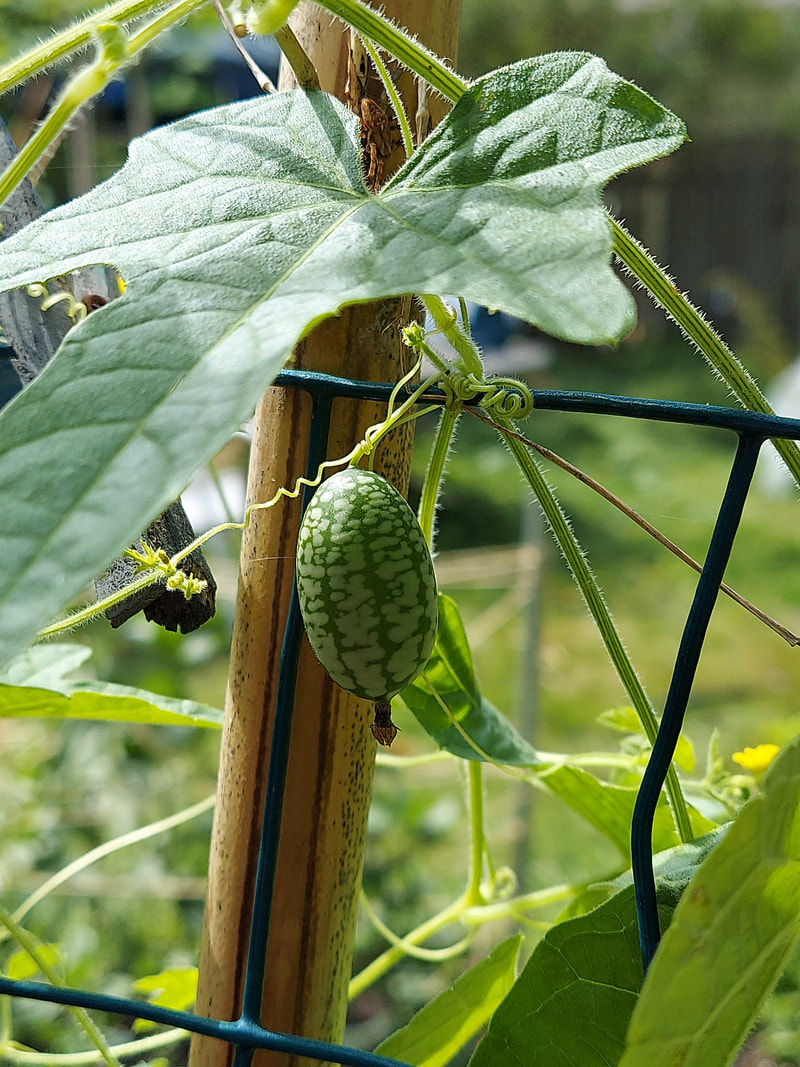
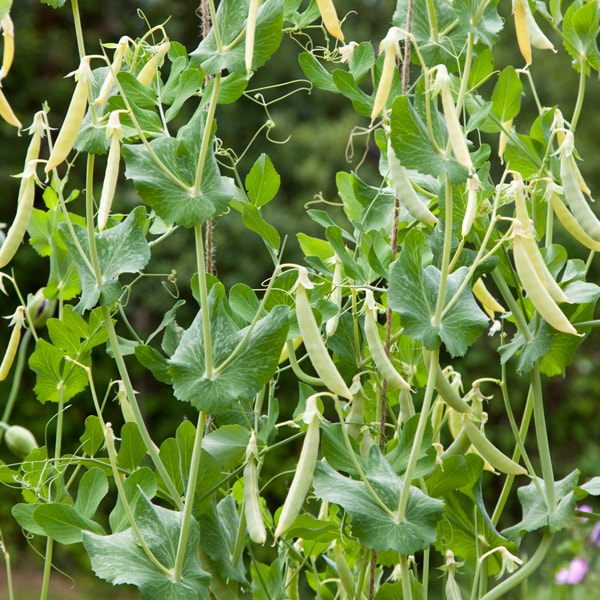
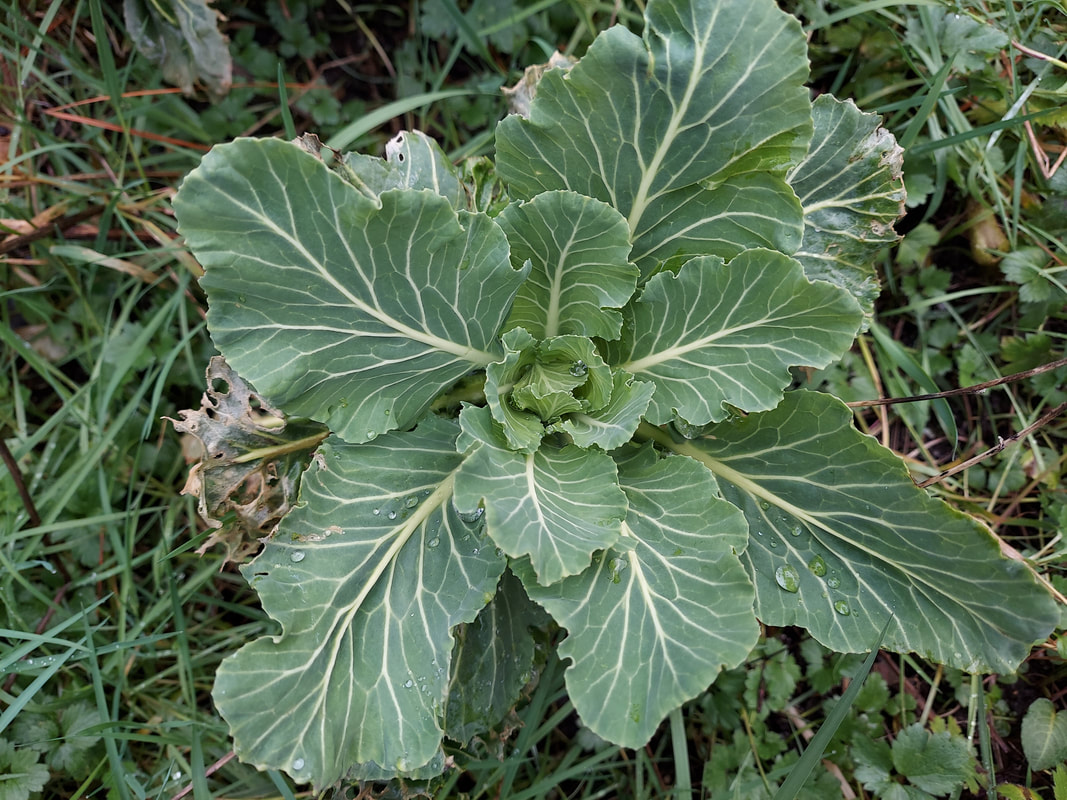

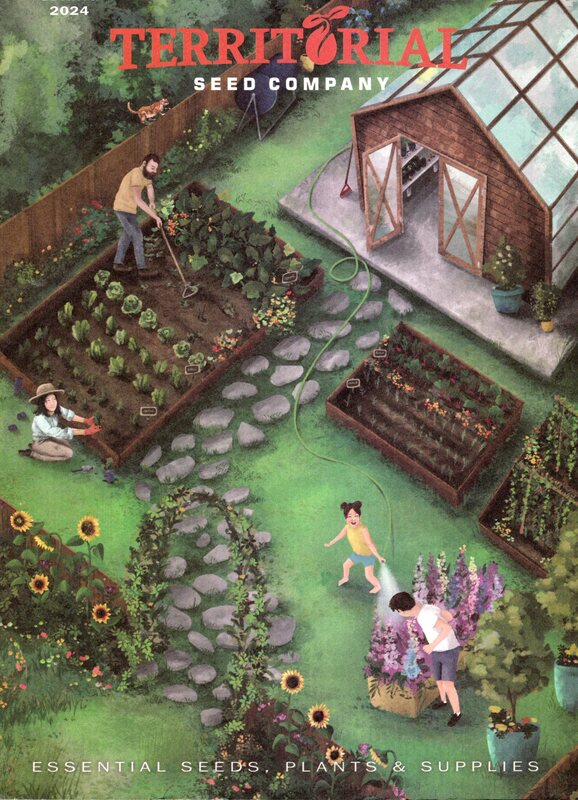
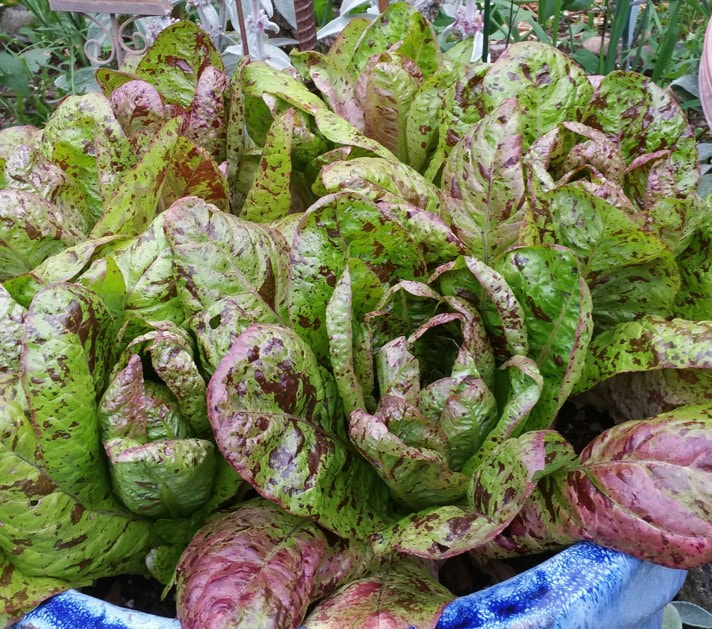
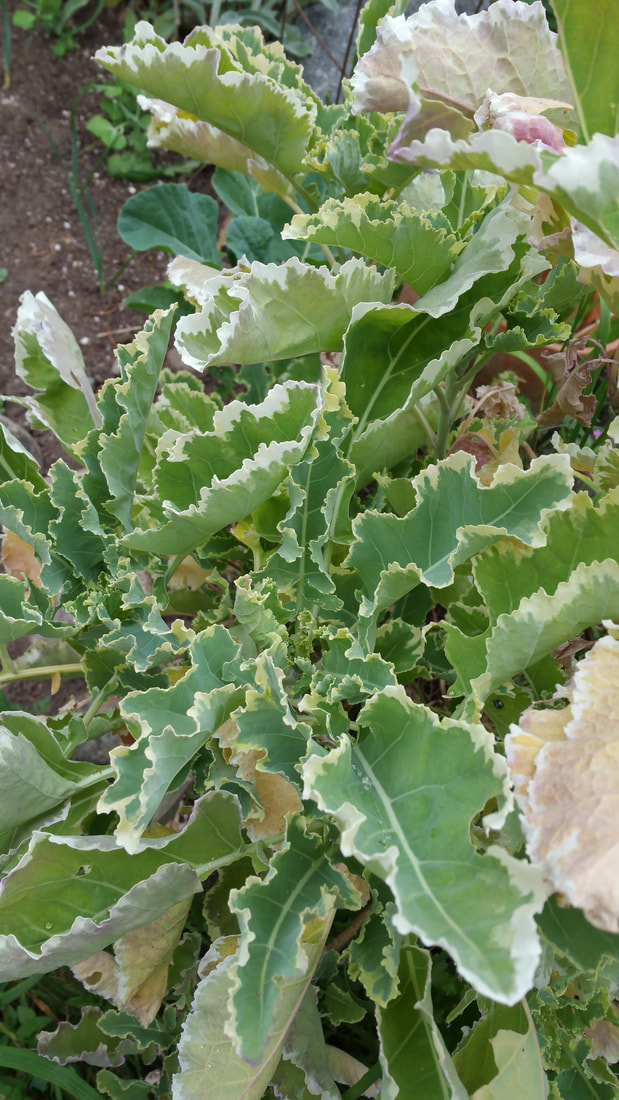
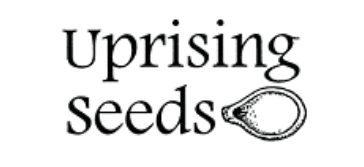
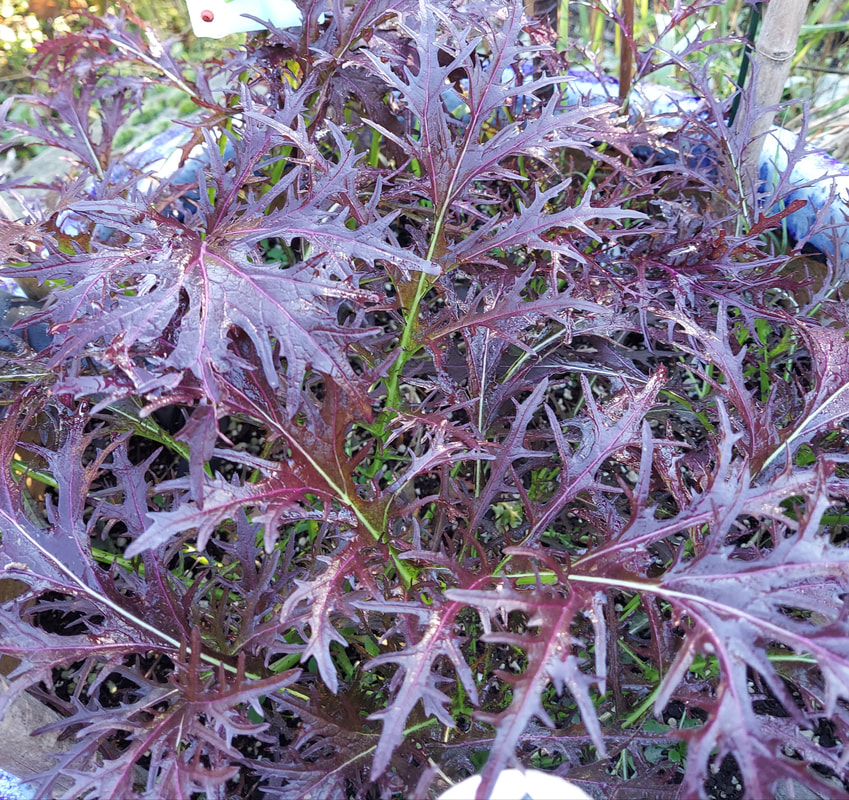
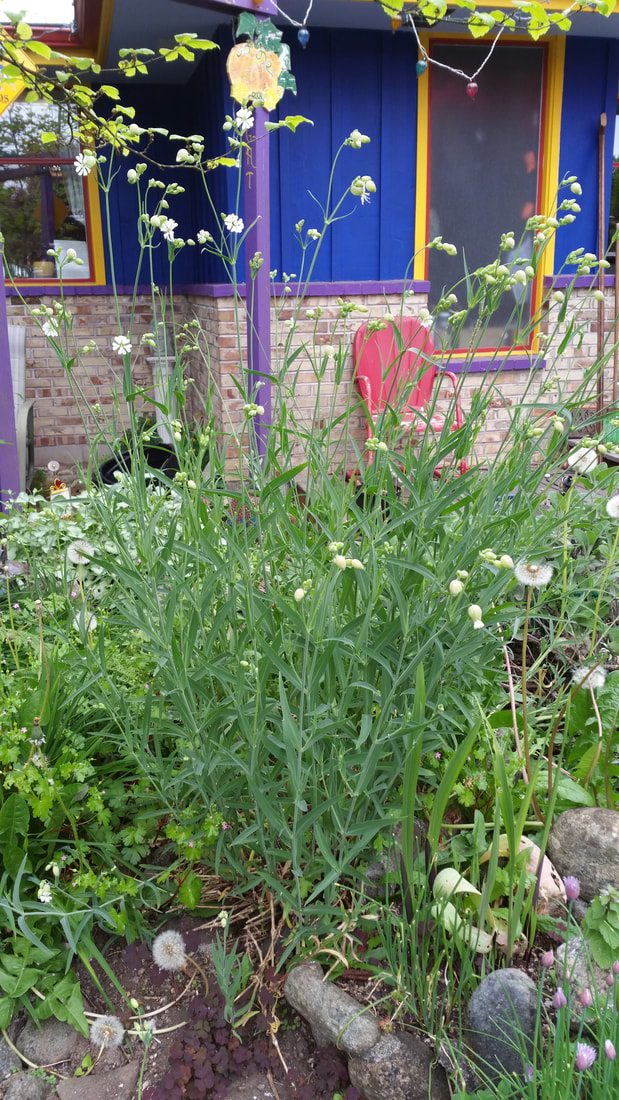

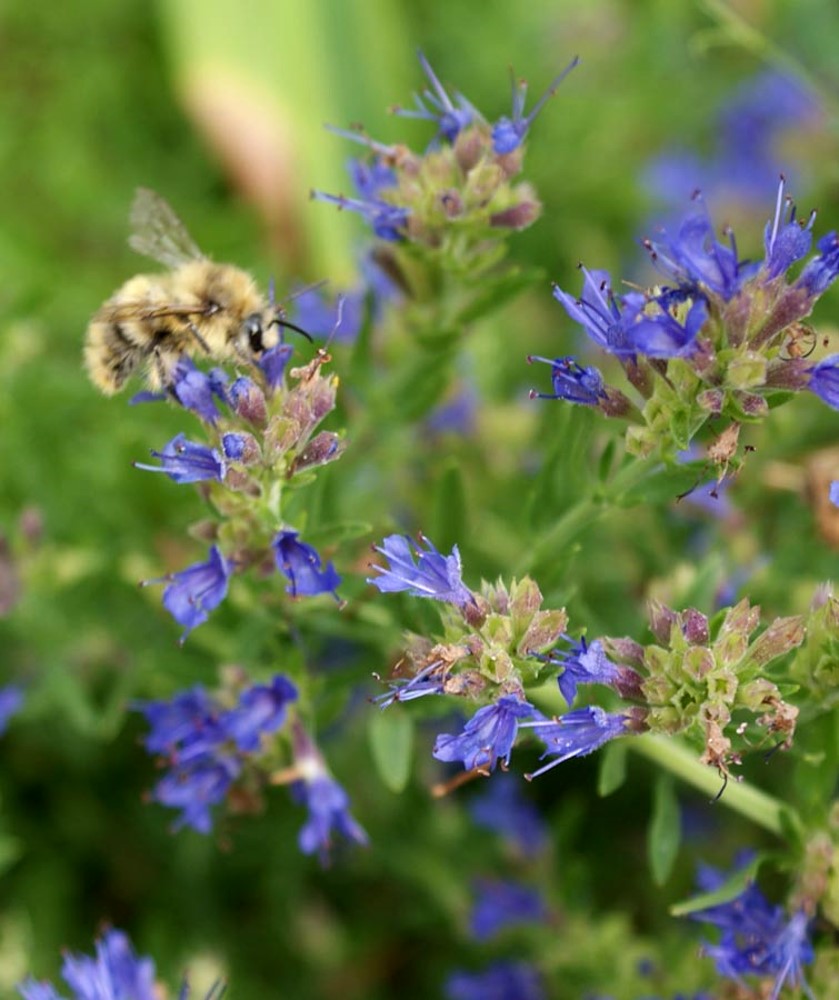
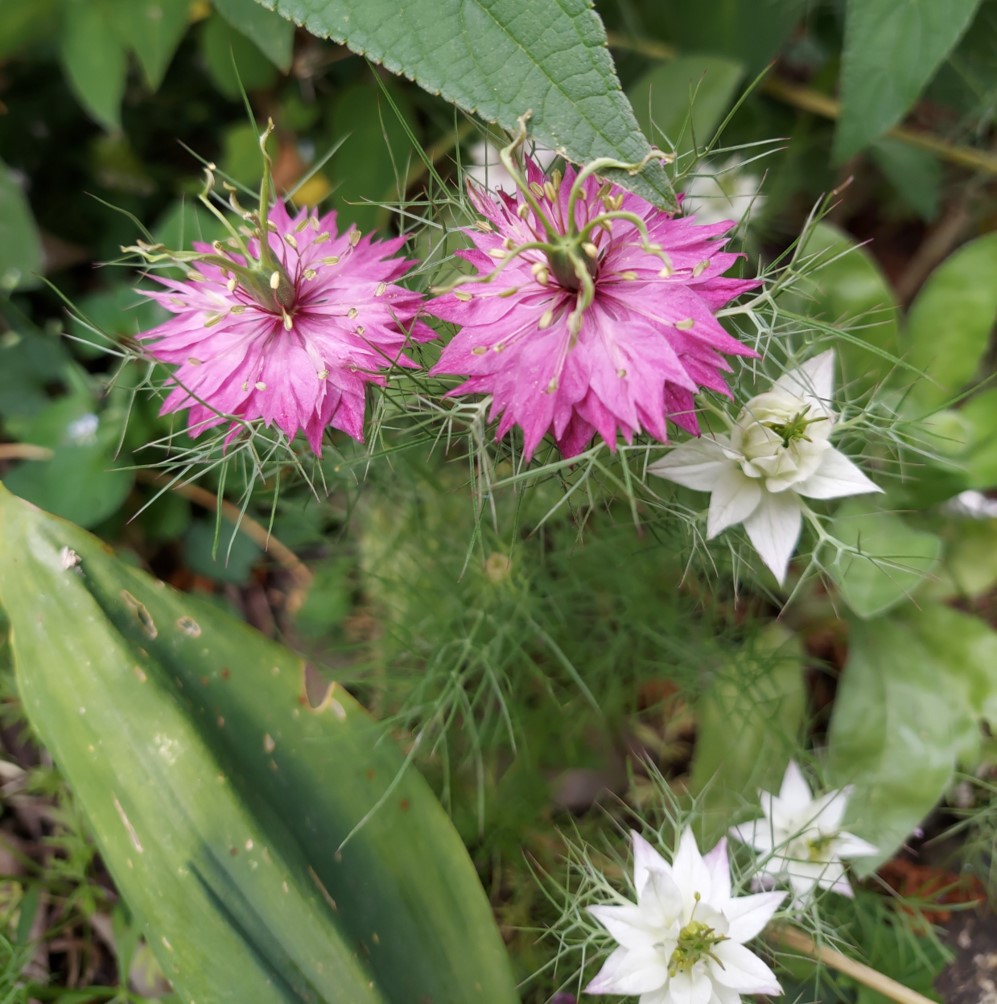
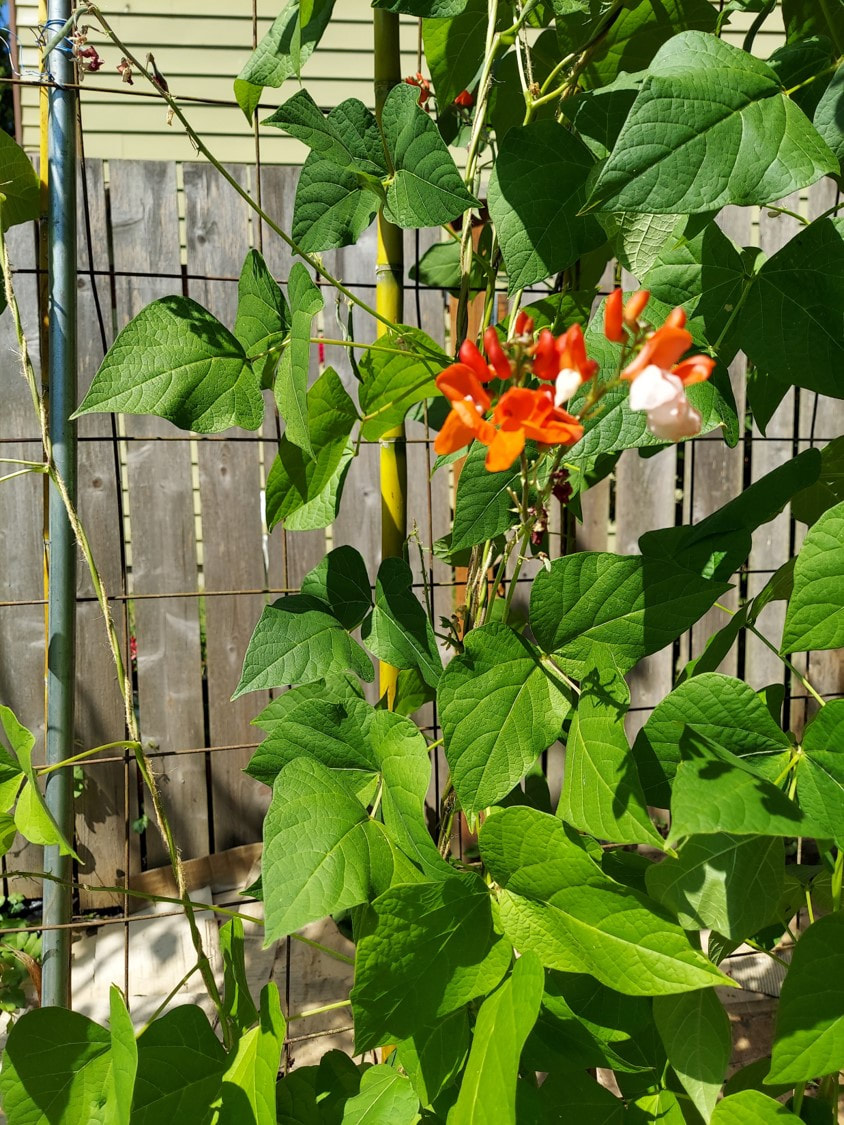
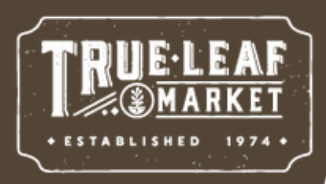
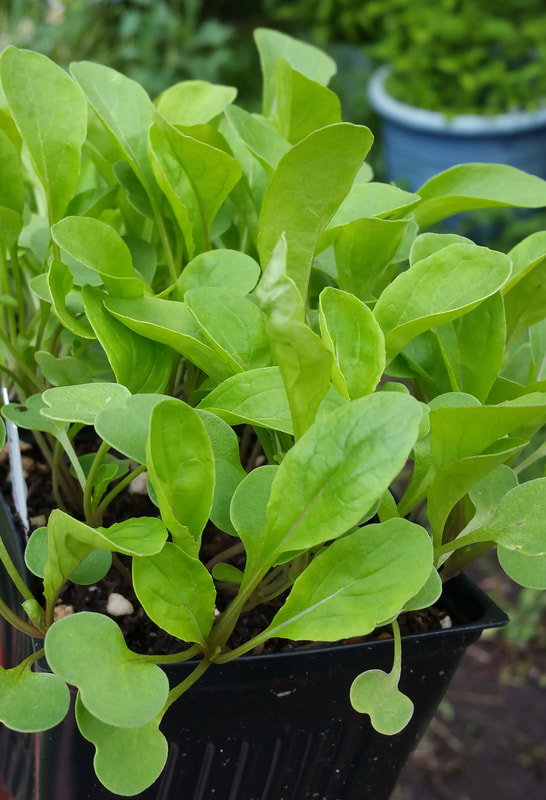
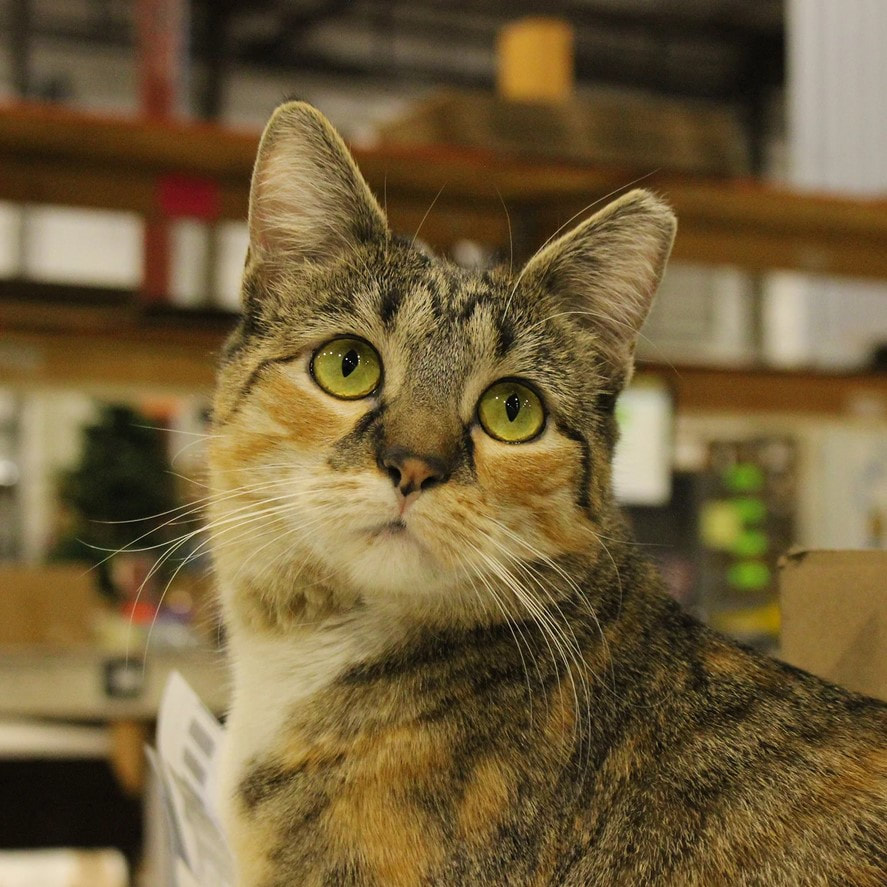


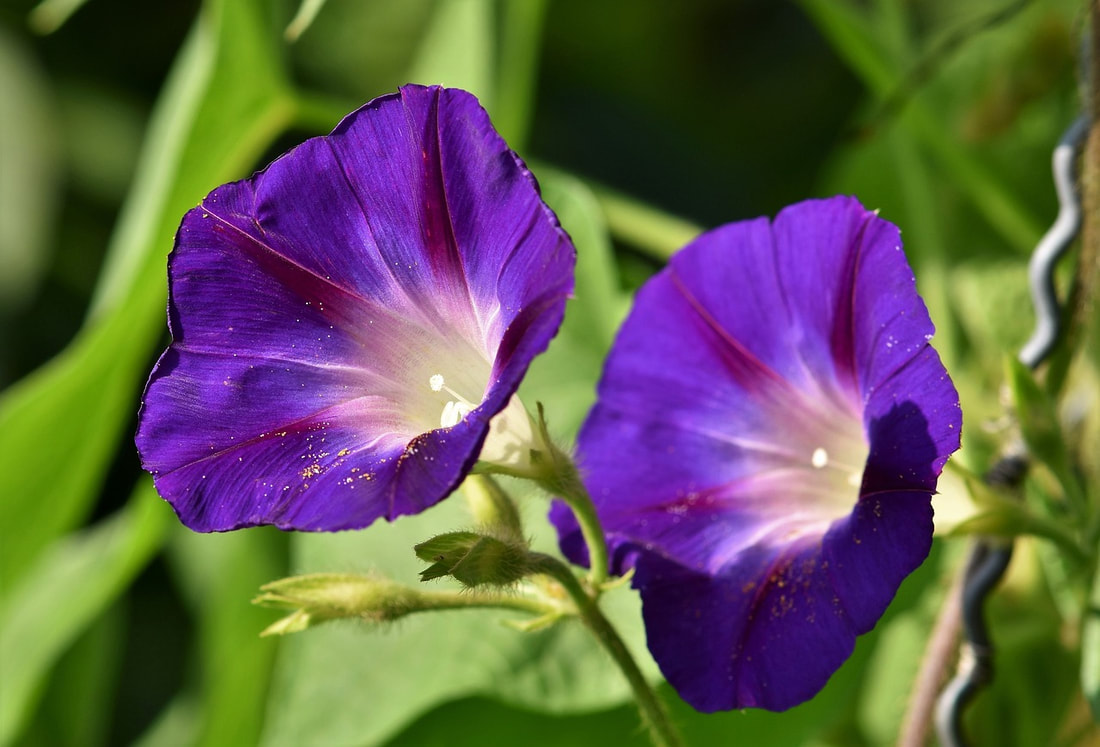
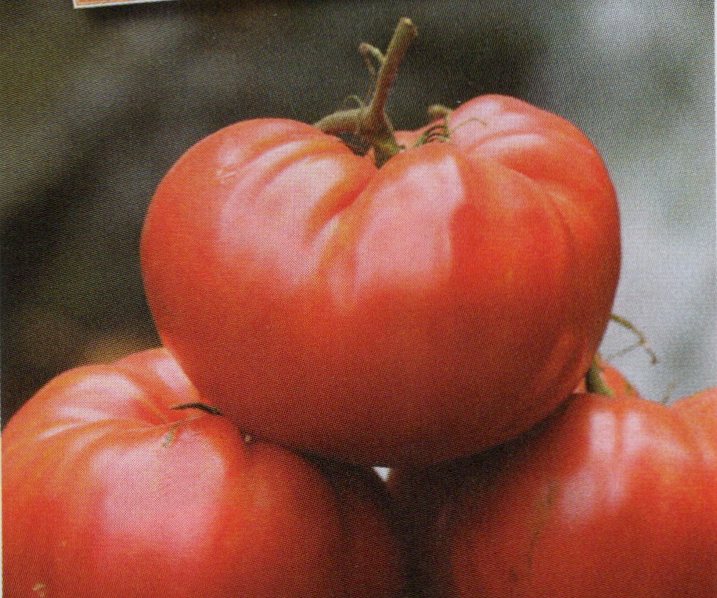
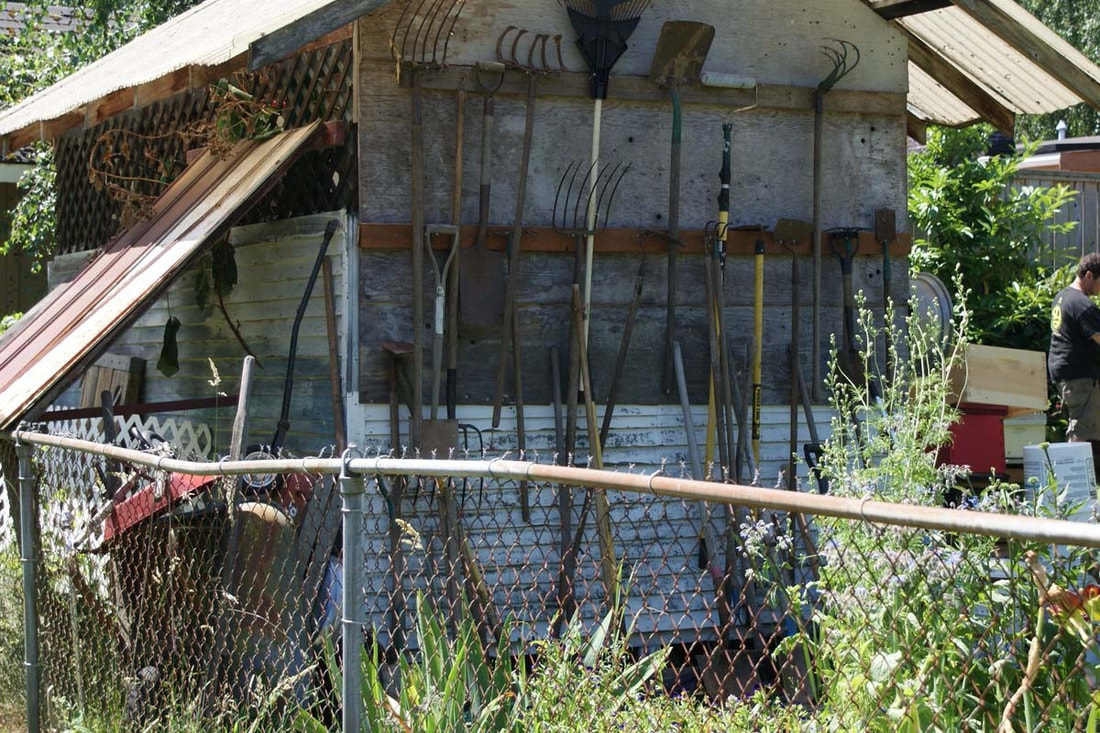
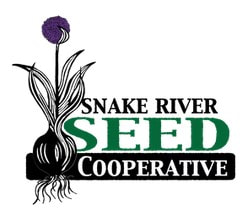
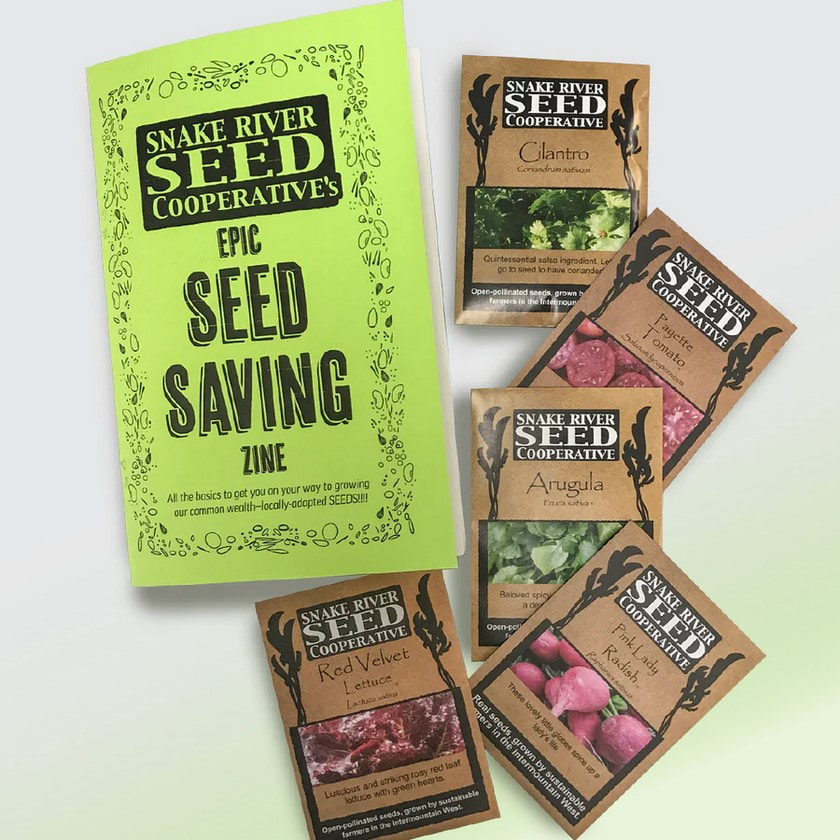
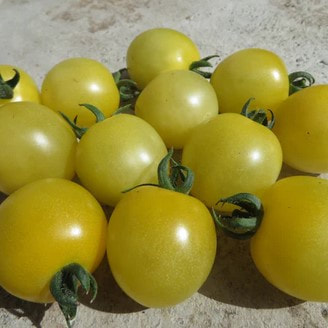
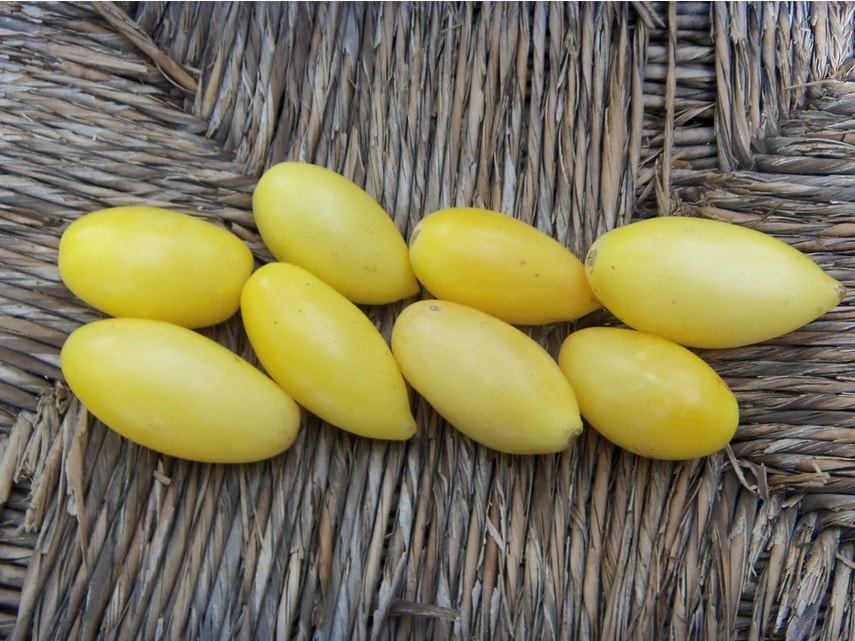

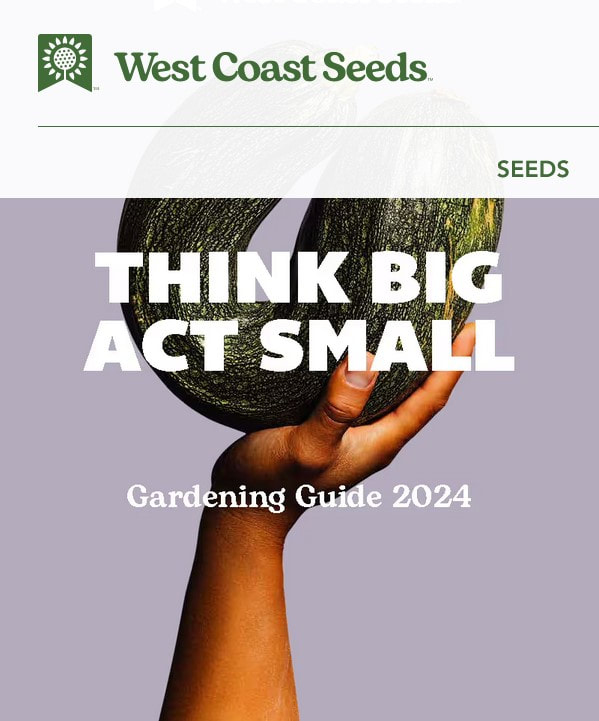
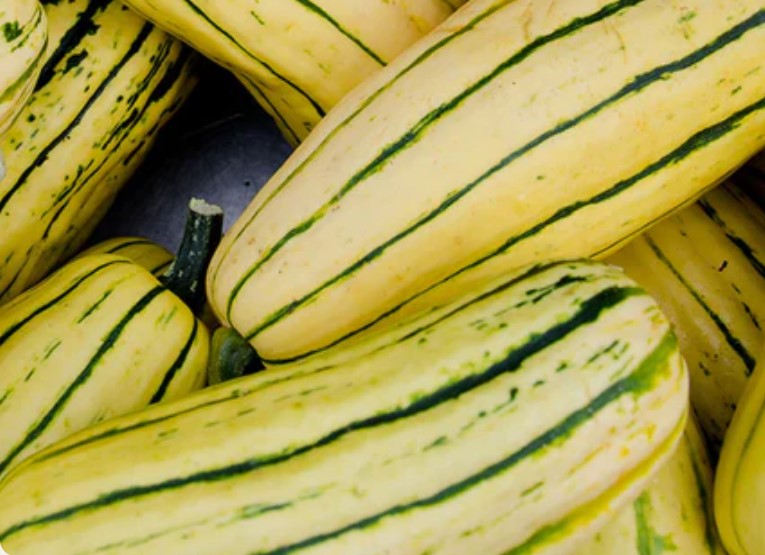
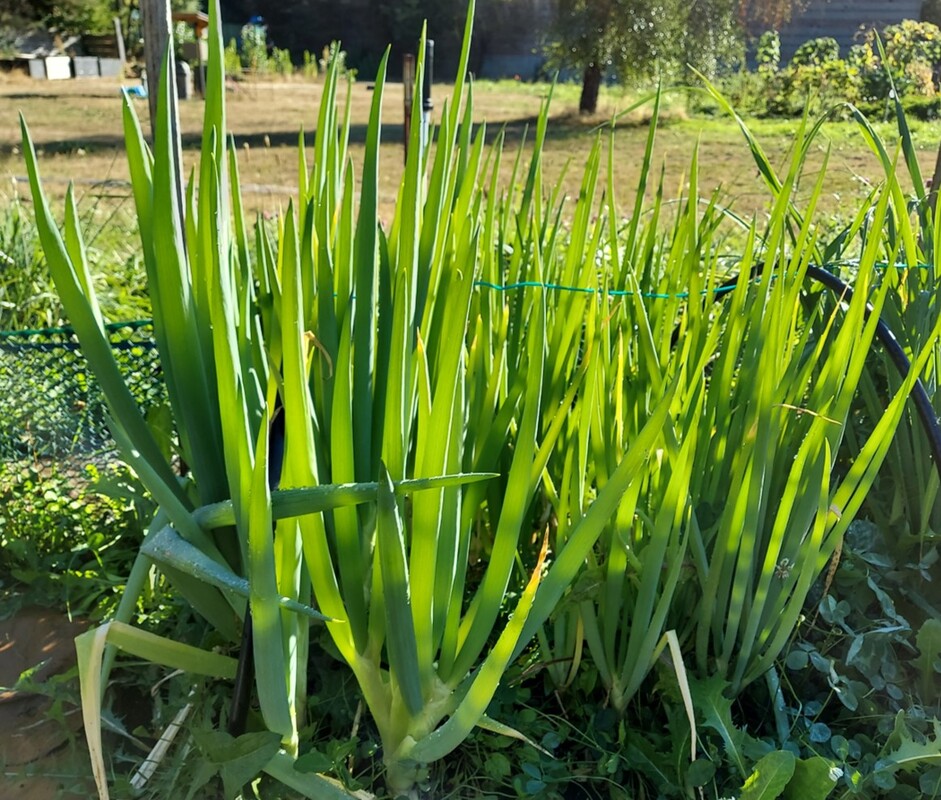
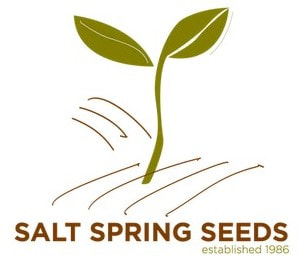

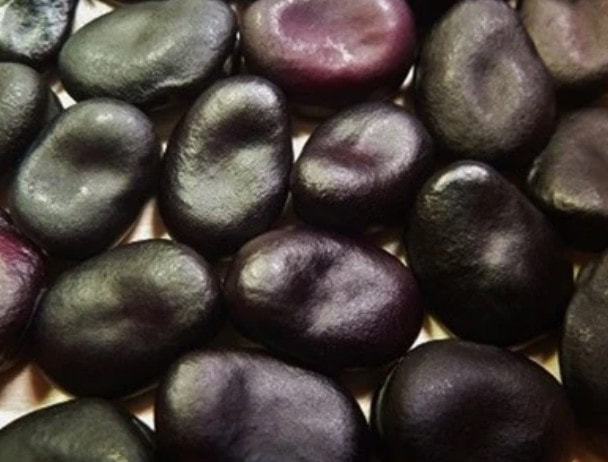
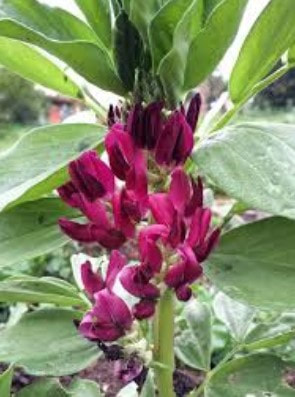

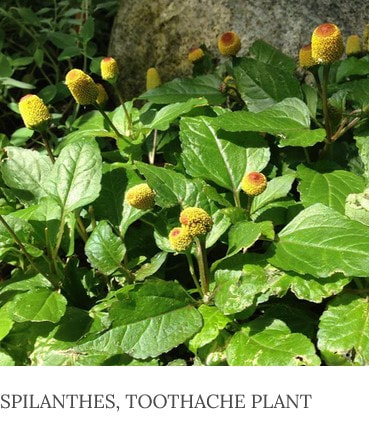
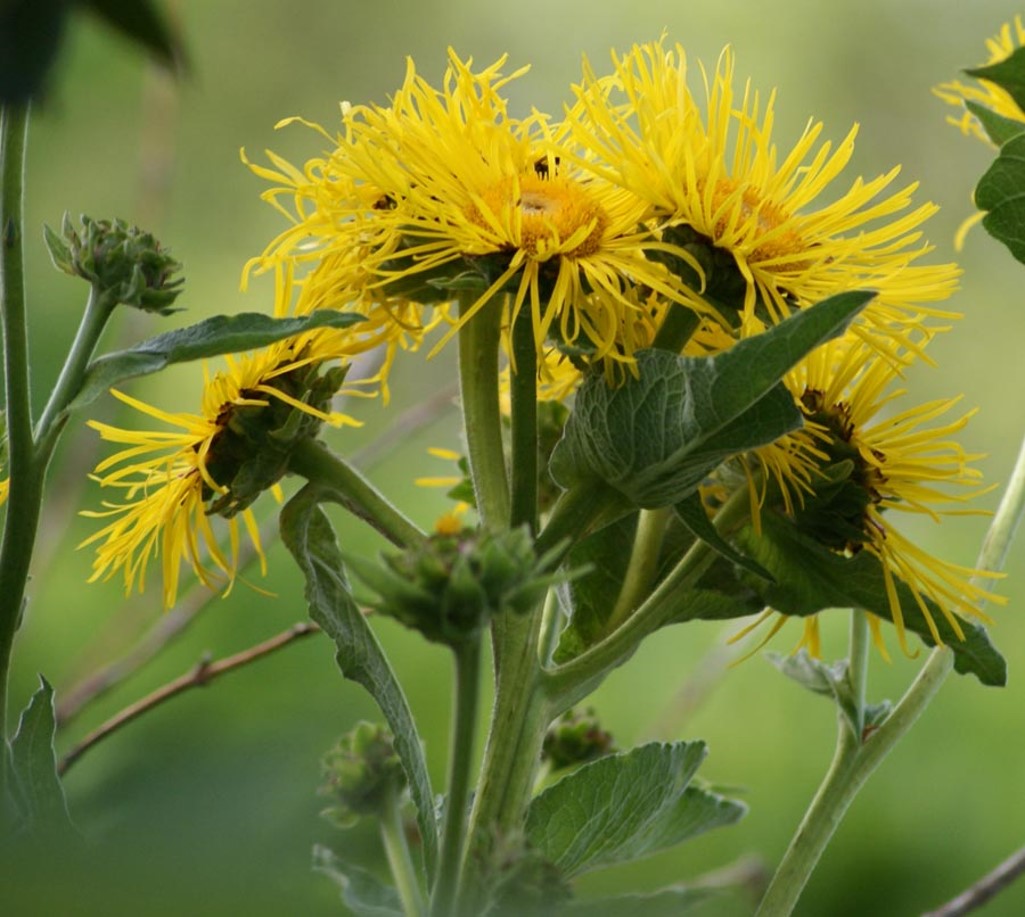
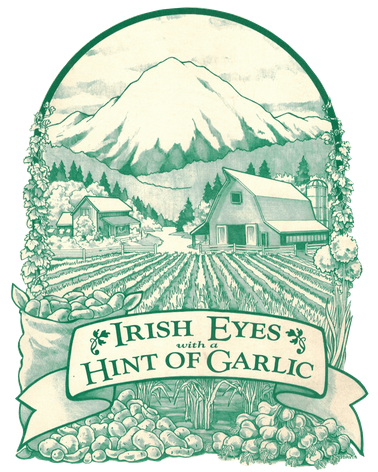
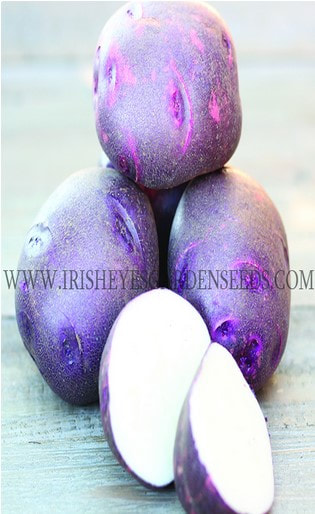
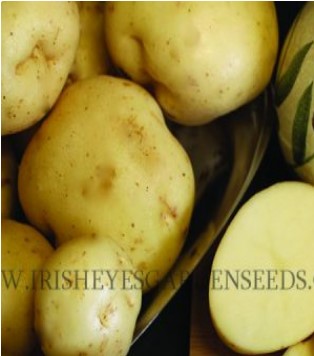
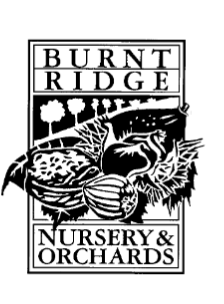
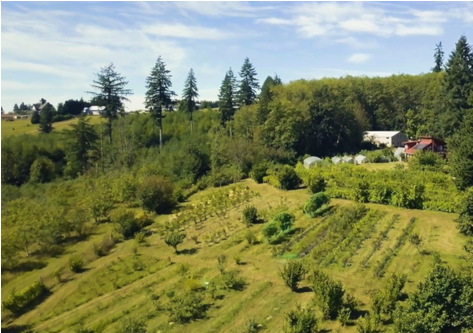
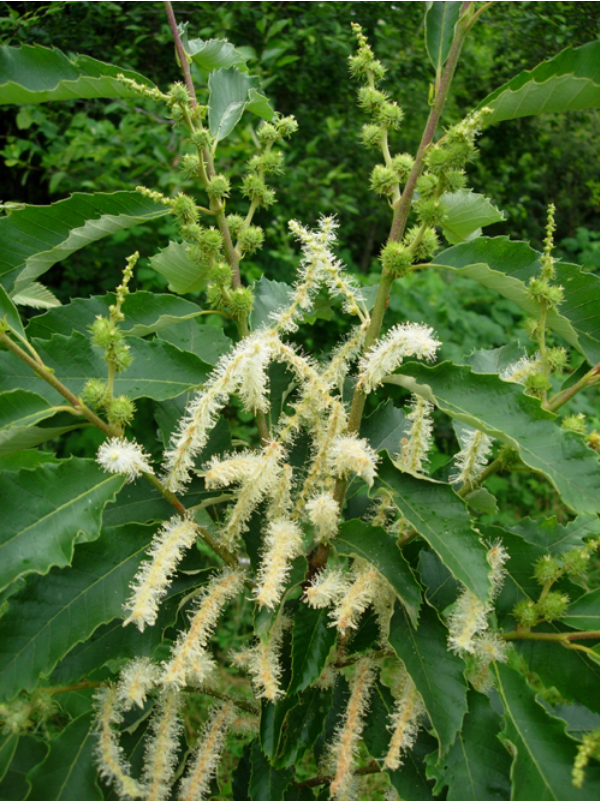

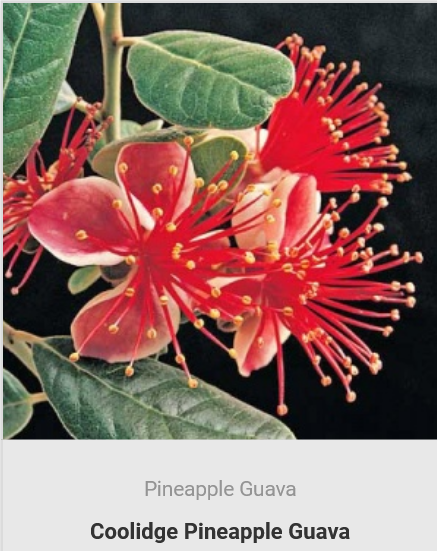
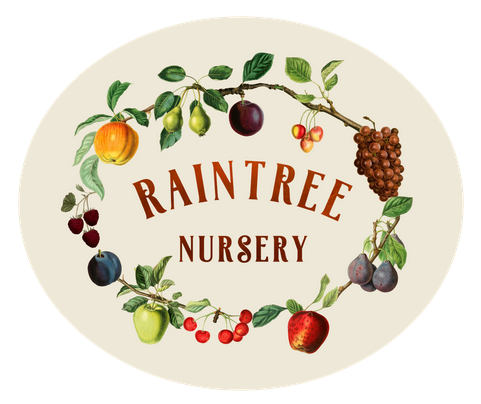
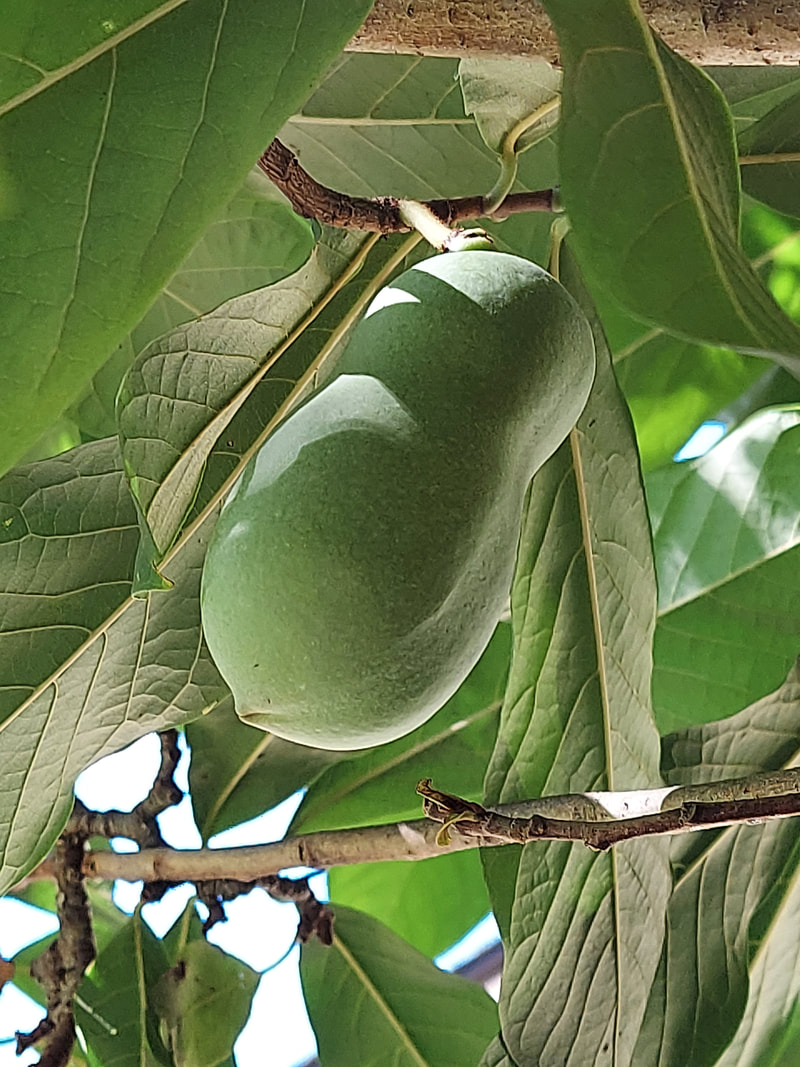
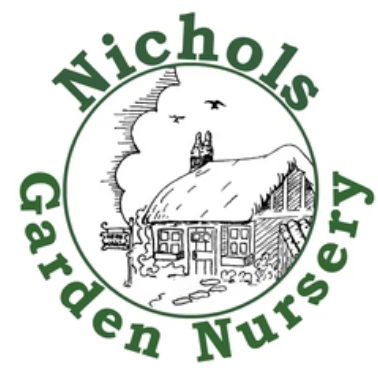


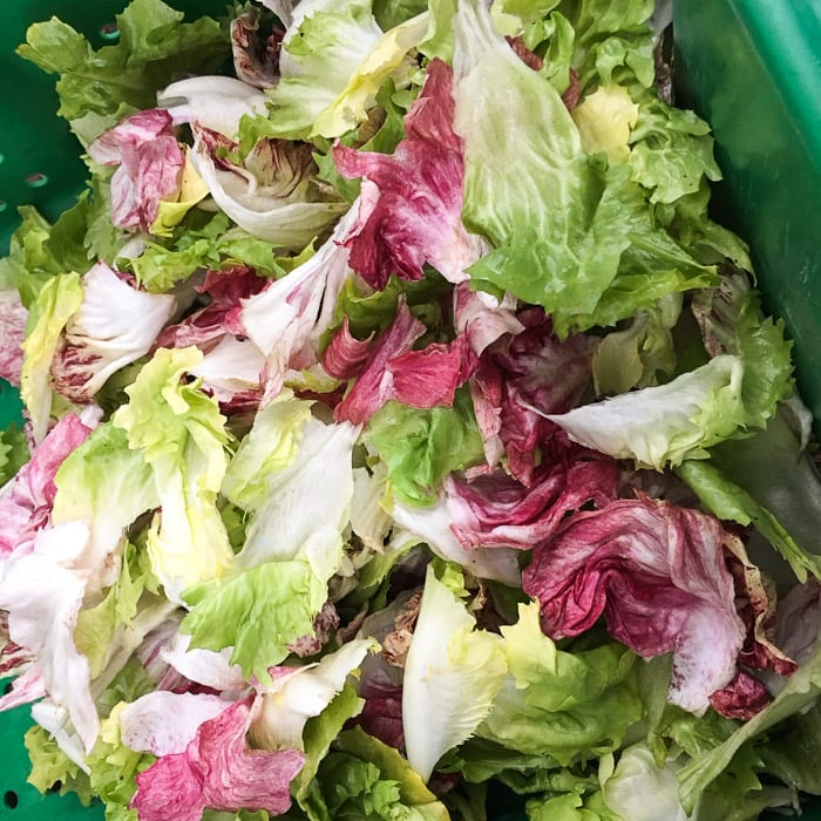
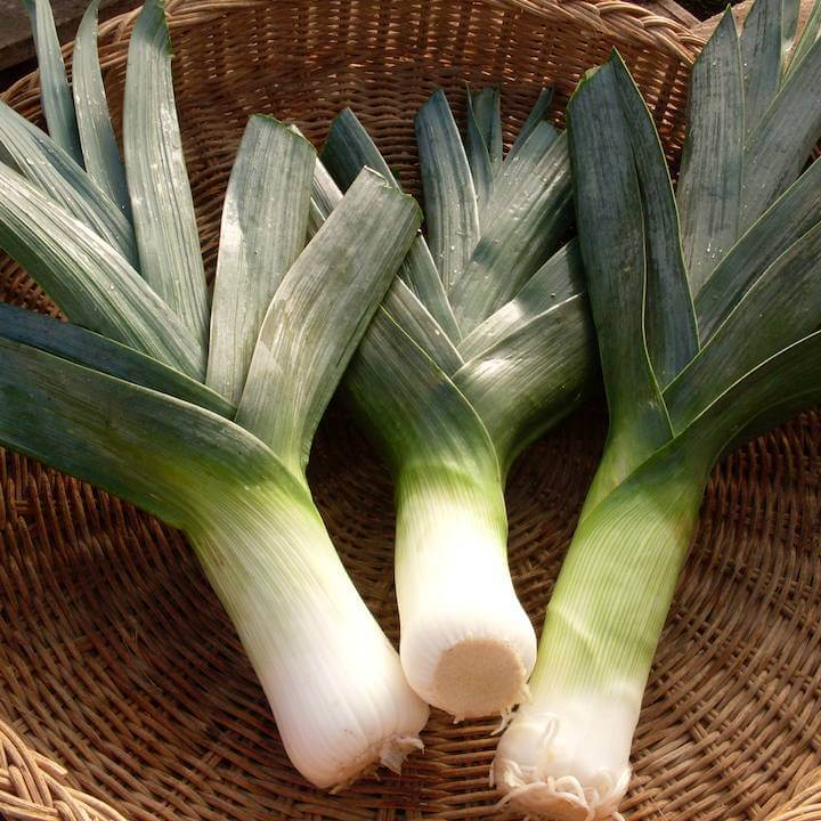
 RSS Feed
RSS Feed